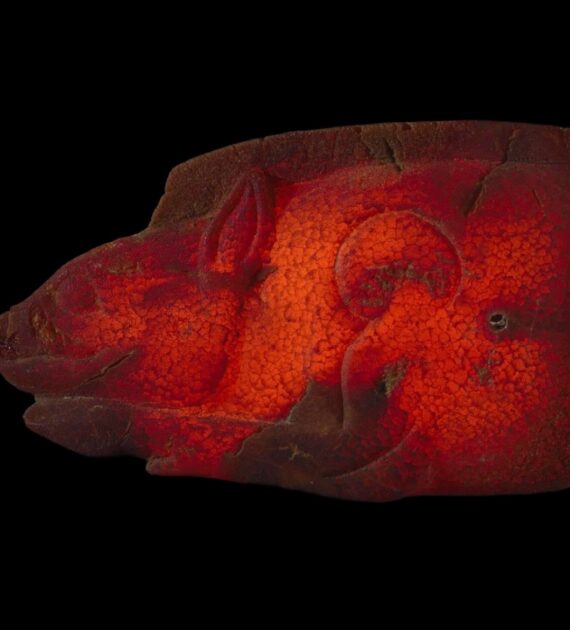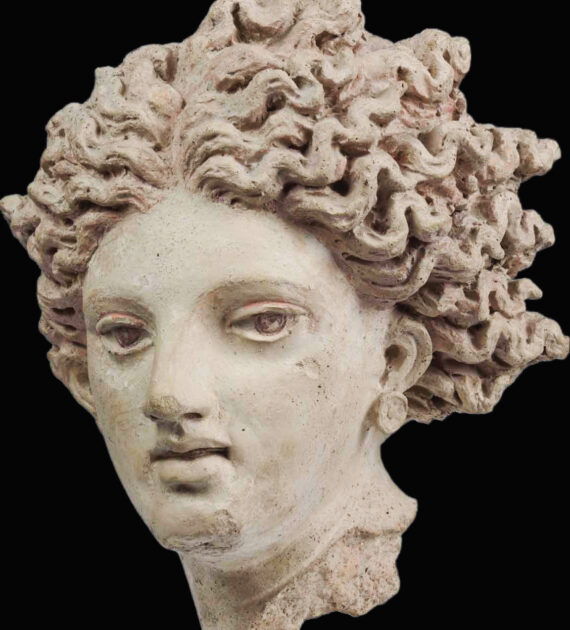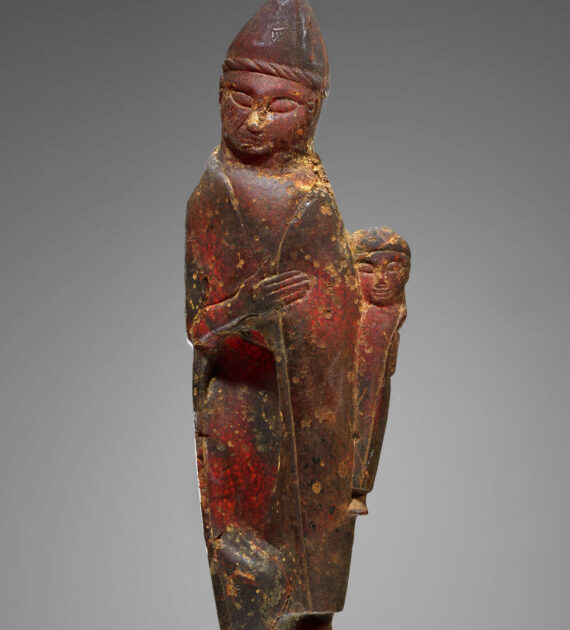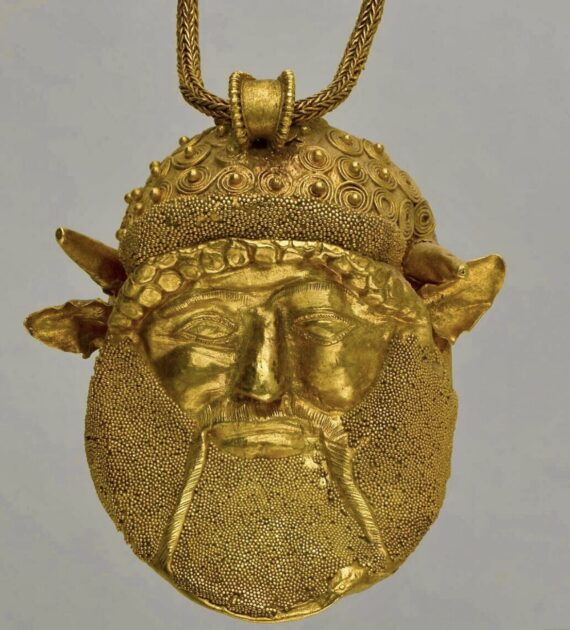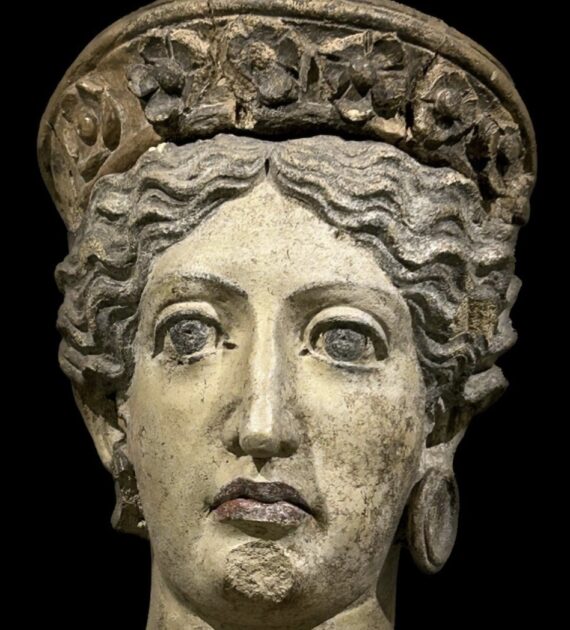A Tear for Meleager?
A fine bit of photographical trickery perhaps (what is amber without some illumination?), but I find this pendant absolutely bewitching. It is Etruscan, large of kind (7 cm long), and quite early (mid 6th century B.C.) with the boar’s musculature lightly incised, with a curlicue forming his unlikely shoulder and bicep and the porcine hoof

